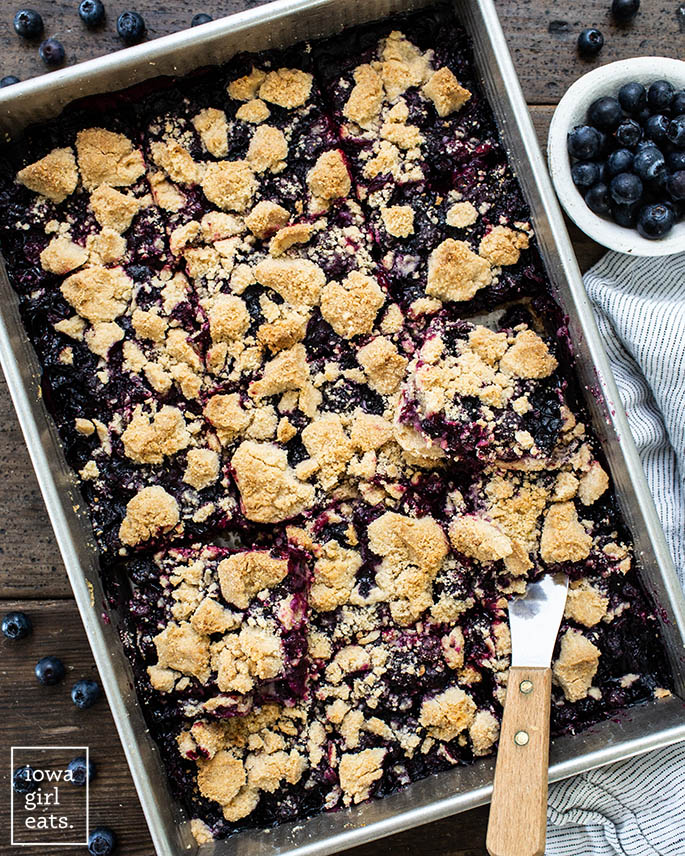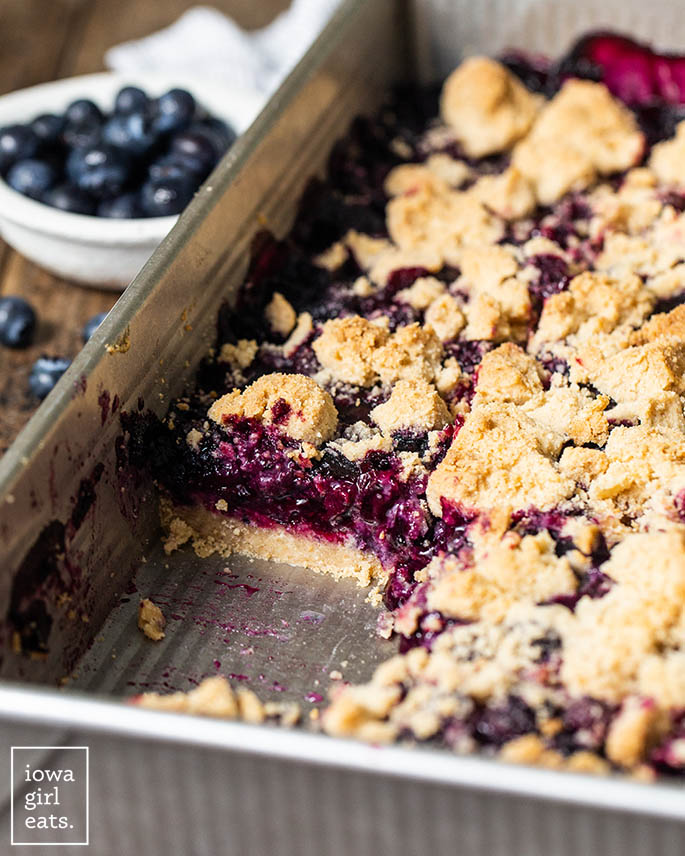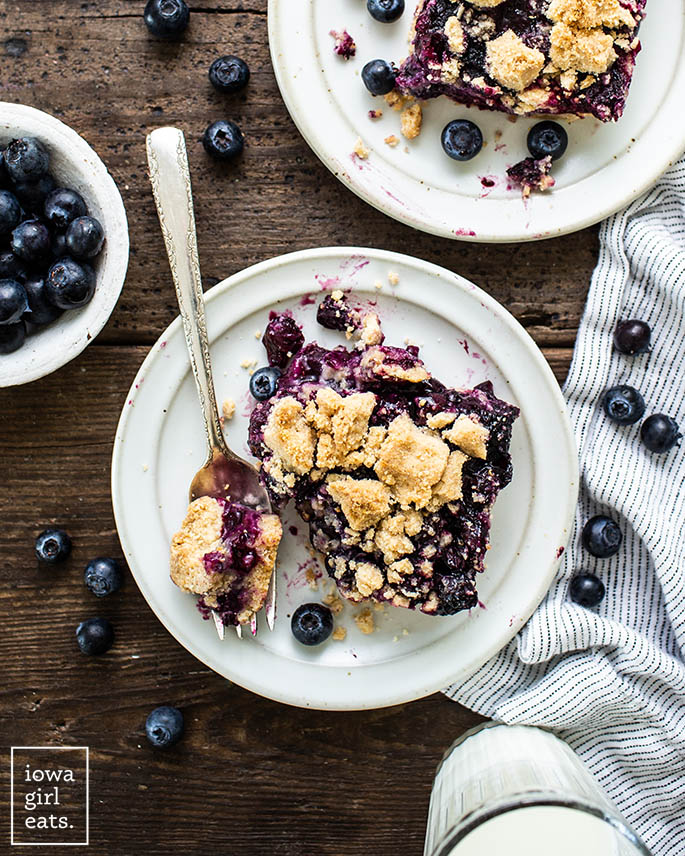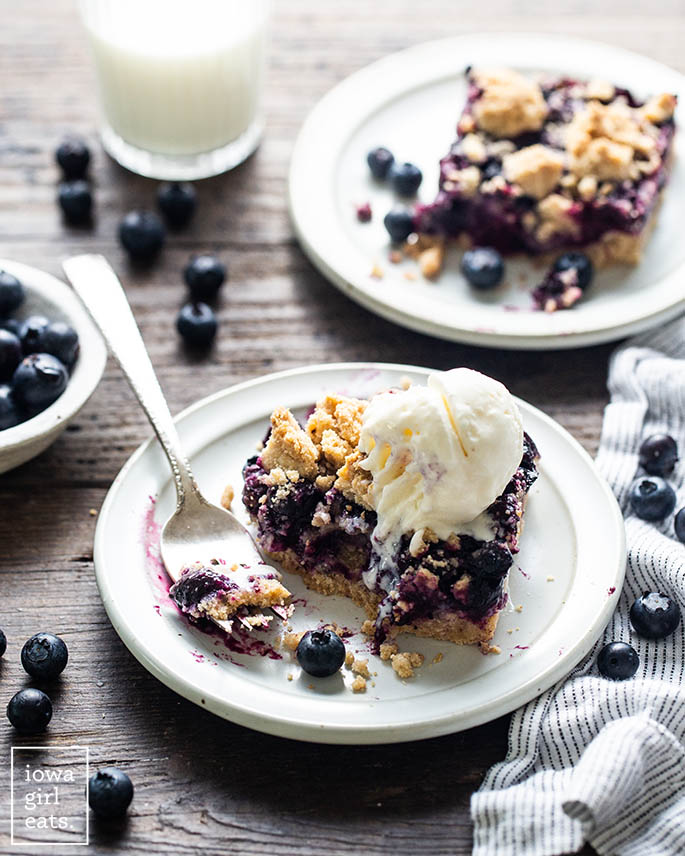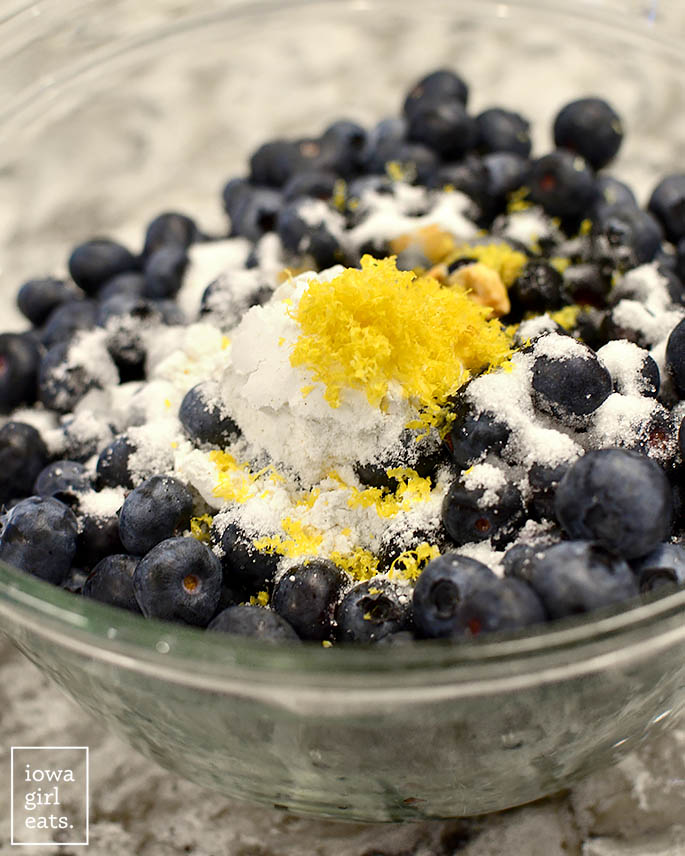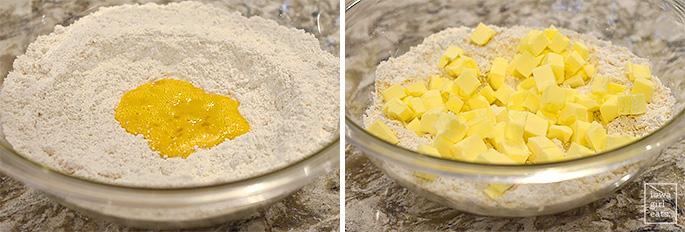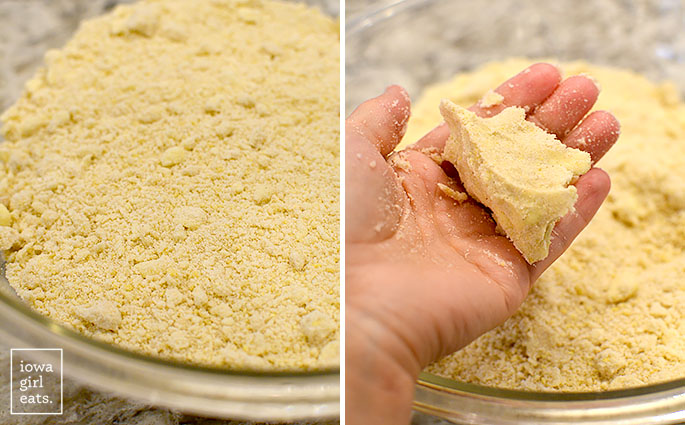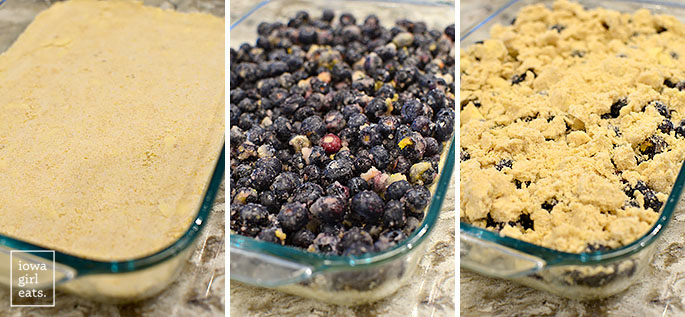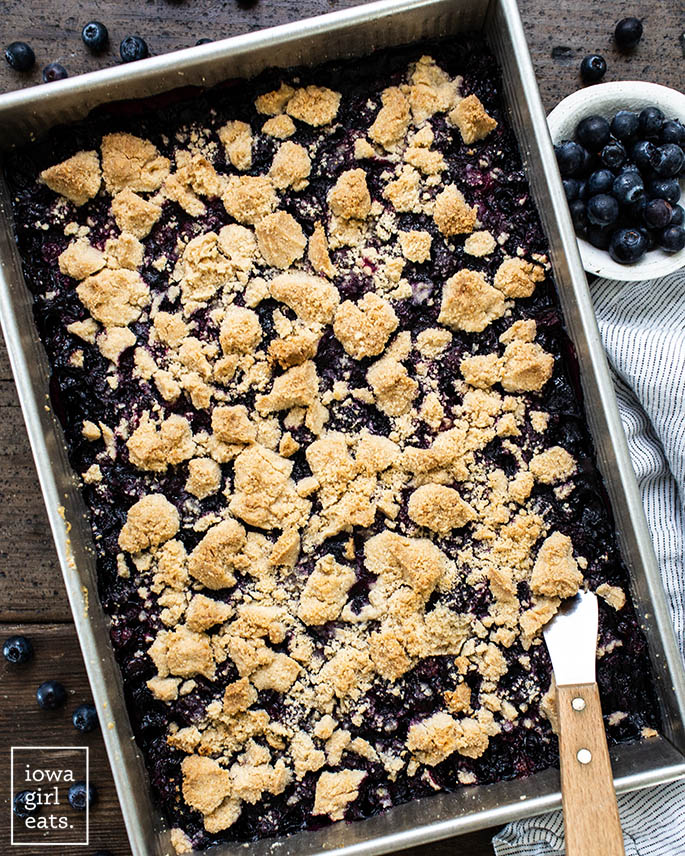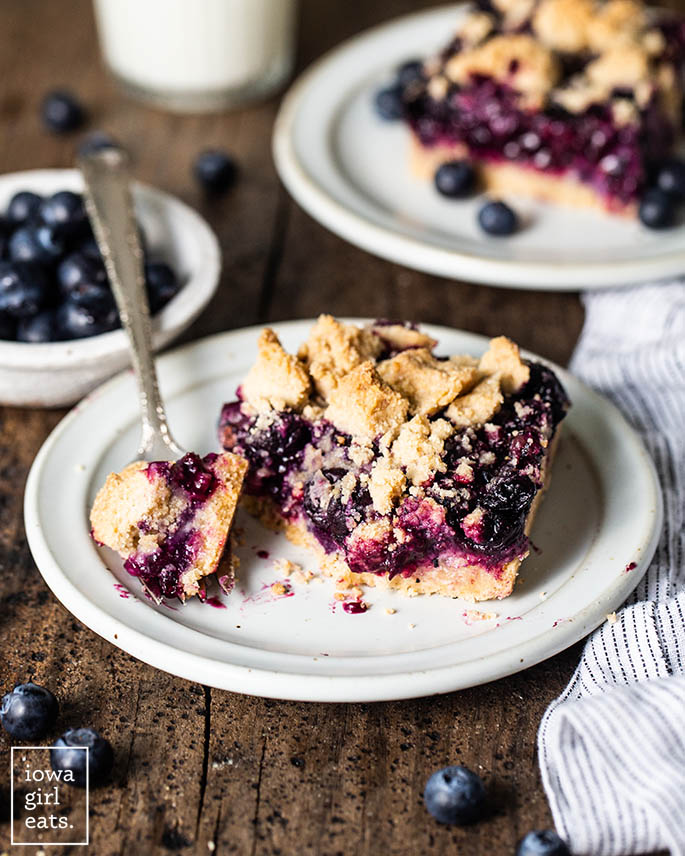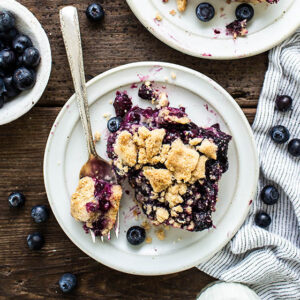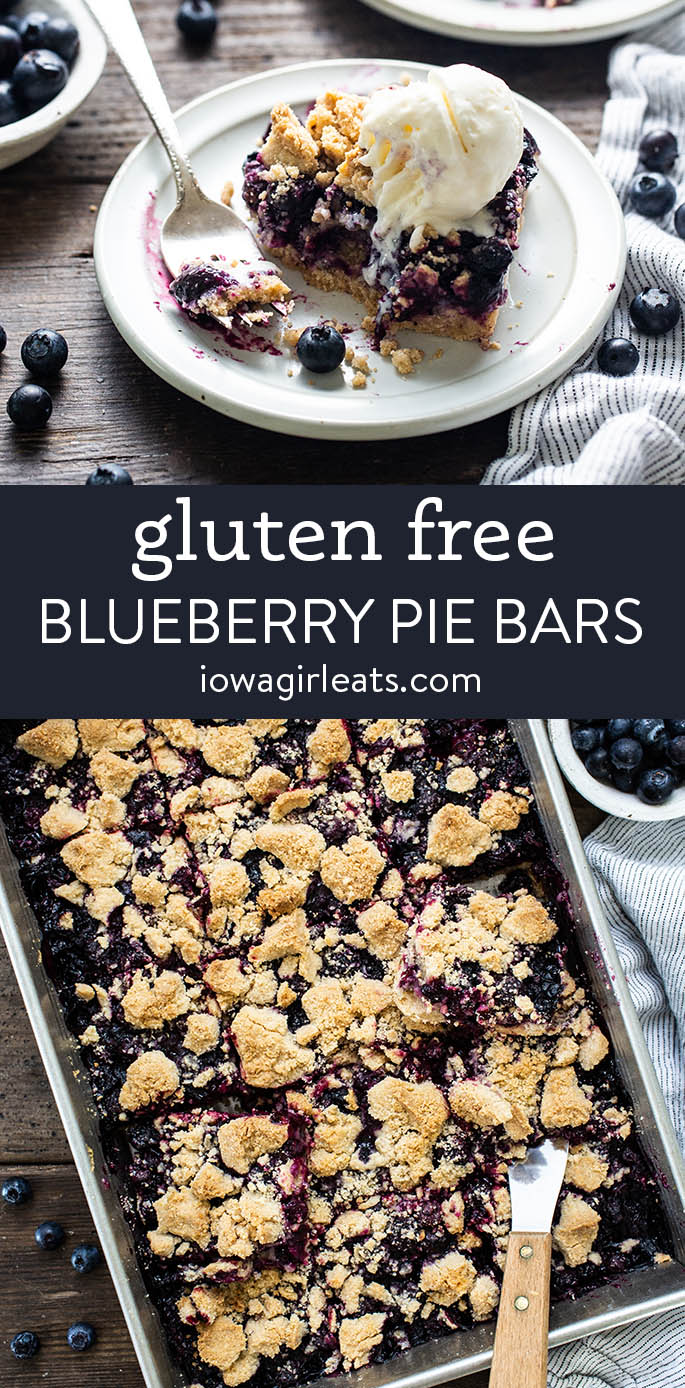Bioflavonoids play a crucial role in the daily diet because they have antioxidant, antibacterial, antiviral, and anti-inflammatory properties. Additionally, they are utilised in the food industry to preserve foods, add colour and flavour, and make dietary supplements. Quercetin, found in over twenty plant products, is one such important bioflavonoid. It is one of the most common polyphenols present naturally in a vegan or vegetarian diet.
Quercetin is also renowned as one of the most commonly used bioflavonoids for addressing metabolic and inflammatory disorders. As antioxidants, quercetin may aid in neutralising, reducing, or preventing excessive damage caused by free radicals. This article will help you understand how quercetin could serve as a versatile antioxidant, offering an alternative medicinal approach to managing diseases associated with oxidative stress.
What is Quercetin?
Quercetin belongs to a class of metabolites called “flavonoids,” and it is not produced naturally within the human body. Therefore, obtaining it through dietary sources or supplements is crucial. Quercetin has a yellow colour and is poorly soluble in hot water. It is insoluble in cold water but quite soluble in alcohol and lipids.
Quercetin is considered one of the most prevalent flavonoids in the diet. It is present in antioxidant-rich foods such as citrus fruits and leafy vegetables and beverages like red wine and tea. Flavonoids like quercetin, which have been around for many years, show a broad range of biological activities that could positively influence various chronic diseases.
People often take quercetin as a supplement, combining it with other nutrients such as bromelain or vitamin C. This combination is preferred because quercetin is not easily absorbed and is used by the body on its own. When paired with vitamin C, it becomes more potent, as vitamin C aids in the regeneration of quercetin within the body.
Summary
Quercetin, a flavonoid, is not naturally produced in the body, making it essential to obtain through diet or supplements. Its name comes from “Quercetum,” meaning Oak Forest in Latin. It is naturally present in foods like citrus fruits, vegetables, red wine, and tea and offers various health benefits. Often taken as a supplement, it is commonly paired with bromelain or vitamin C to enhance absorption and effectiveness.
Potential Benefits of Quercetin
Many of quercetin’s health benefits come from its antioxidant properties. Quercetin effectively shields the body from potential harm caused by free radicals. Free radicals are unstable molecules that bind with other molecules, resulting in oxidative stress. This stress can harm the body’s cells, potentially leading to diseases and premature ageing. Quercetin can help with:
Managing Diabetes
The antioxidant, anti-inflammatory, blood-sugar-lowering, and cholesterol-lowering properties of Quercetin help manage type 2 diabetes. It helps lower blood glucose levels and maintains the function of pancreatic islet cells. Taking 500 mg of quercetin per day also helps lower systolic blood pressure in women with type 2 diabetes.
Maintaining stable blood sugar is essential for people with diabetes to manage the condition effectively and reduce complications. HealthifyMe’s Continuous Glucose Monitoring (CGM) feature enables you to monitor your sugar intake effectively, regulating your blood sugar levels. Additionally, the HealthifyMe app suggests healthier alternatives, assisting you in making informed choices and maintaining balanced blood sugar levels.
Supporting the Immune System and Anti-allergic
Quercetin, like other polyphenols, helps regulate the immune system by controlling inflammation. It is also effective in easing allergy symptoms. Allergies happen when the immune system overreacts to allergens, causing inflammation. Quercetin helps manage this reaction. While it may help reduce the severity of hay fever symptoms such as coughing, runny nose, watery eyes, hives, and swollen lips and face, there is a lack of human studies to confirm its effectiveness.
When combined with vitamins like C and D in a supplement, quercetin provides additional benefits for immunity. Therefore, adding quercetin supplementation to your routine could be beneficial in boosting the immune response during the cold and flu season.
Preventing Cancer
Quercetin has potential anti-cancer effects by reducing inflammation, preventing DNA damage, and causing cancer cell death. It is a powerful flavonoid known for protecting against cancer in both vivo and in vitro models. In human studies, a mix of quercetin and curcumin reduced the size and number of abnormal growths in people with familial adenomatous polyposis, a condition causing abnormal growths in the colon and rectum. However, its low solubility, poor permeability, and instability limit its use as a cancer treatment.
Providing Antihypertensive and Vasodilation Effects
Quercetin reduces hypertension severity by lowering levels of nitric oxide, TNF-α, and IL-6. These substances worsen oxidative stress, leading to conditions like coronary disease and hypertension. Quercetin’s anti-inflammatory effects counteract harmful pro-inflammatory cytokines such as IL-6, TNF-α, and IL-1β. Furthermore, they also counteract inflammatory mediators like catalase and nitric oxide.
Quercetin also activates the AMPK signalling pathway. It is a beneficial metabolic pathway that helps relax blood vessels, thus reducing high blood pressure. Additionally, HealthifyMe nutrition coaches can offer guidance on incorporating omega-3-rich foods into your diet to improve blood pressure levels. This approach helps you achieve better overall health and wellness.
Lowering the Risk of Gout
High blood levels of uric acid are linked to gout, insulin resistance, and type 2 diabetes. Quercetin can lower uric acid levels by blocking the enzyme that produces it. In a study, healthy men took 500 mg of quercetin daily for four weeks, equivalent to the amount in about 100 g of red onions. This supplementation reduces uric acid levels without affecting fasting glucose, uric acid excretion in urine, or blood pressure.
Summary
Quercetin, with its antioxidant and anti-inflammatory properties, effectively manages type 2 diabetes by lowering blood glucose levels and supporting pancreatic function. In women with diabetes, a daily dose of 500 mg also reduces systolic blood pressure. Additionally, quercetin aids immunity and alleviates allergy symptoms by regulating inflammation. When paired with vitamins C and D, it boosts immune response during cold and flu seasons. Studies suggest quercetin’s potential in preventing cancer growth and reducing abnormal growth in conditions like familial adenomatous polyposis. It also offers antihypertensive effects by combating oxidative stress and relaxing blood vessels while lowering uric acid levels to lower gout risk.
How to Get Enough Quercetin
If you regularly eat a lot of fruits and veggies, you may naturally consume about 100 to 300 mg of quercetin daily. While you can obtain the potential anti-inflammatory benefits of quercetin through supplements, it is best to get it naturally from various foods, including:
Onion
Onions are a significant source of quercetin, with levels ranging from 28.4 to 48.6 mg per 100 g. Due to their pigment content, red and yellow onions have the highest amounts. To preserve quercetin, it is best to peel off as little of the outer layers as possible.
Research suggests that consuming quercetin-rich onions daily may help prevent obesity and enhance liver function. Additionally, onions contain prebiotics like inulin and fructooligosaccharides, which can support gut health and boost immune function.
Red Grapes
Grapes naturally produce quercetin in response to sunlight. When grapes are grown with clusters exposed to sunlight, quercetin levels increase significantly, sometimes up to four to five times higher. Dark-coloured grapes contain about 3 mg of quercetin per 100 grams. They are also rich in other various polyphenols, including resveratrol, which is known for its potential anti-ageing effects.
Apples
Apples are a widely available source of quercetin, with fresh, whole apples offering around 4.4 milligrams of quercetin per 100 grams. A medium-sized apple can contain up to approximately 10 milligrams of quercetin. Eating the skin maximises quercetin intake as it is rich in pigment. Additionally, apples contain other beneficial phytochemicals and potent antioxidants like catechin, phloridzin, and chlorogenic acid.
Buckwheat
Quercetin is a significant part of buckwheat flavonoids, offering 36 mg per 100 grams. Buckwheat is not only a good source of quercetin but also a suitable gluten-free alternative to wheat. Both common buckwheat and Tartary buckwheat grains contain bioactive compounds like quercetin, rutin, emodin, and fagopyrin, which may have antiviral effects. Research also suggests that quercetin from Tartary buckwheat extract aids in breaking down harmful protein aggregates in cells.
Green Tea
Quercetin and green tea extract can help combat insulin resistance and inflammation and support healthy fat metabolism. Green tea contains around 2.63 mg of quercetin per 100 ml. Additionally, it is rich in EGCG, a polyphenol that helps maintain cholesterol and glucose levels within the normal range. Drinking 1-3 cups of green tea daily is beneficial for health, but be mindful of caffeine content.
Capers
Capers are the richest natural quercetin source, with raw capers providing 234 milligrams per 100 grams (3.5 ounces). Canned capers in brine, commonly consumed, offer 173 milligrams of quercetin. Despite resembling berries, capers are tiny flower buds found on shrubs in the Mediterranean region. To incorporate capers, add them as seasoning to salads, smoked salmon, seafood platters or pasta sauces. Since capers are high in sodium due to the added salt in the brine, it is best to reduce or avoid additional salt in dishes to maintain a balanced sodium intake.
Summary
If you find it hard to consume enough fruits and veggies, a quercetin supplement could be beneficial. While you may naturally consume about 100 to 300 mg of quercetin daily from food, reaching 500 mg can be challenging. Clinical trials suggest doses up to 1,000 mg daily for 12 weeks are safe. Onions, red grapes, apples, buckwheat, capers and green tea are excellent food sources rich in quercetin, each offering additional health perks. These include benefits for liver function, gut health, and immune support. Combining natural sources with supplements can ensure you meet your quercetin needs for overall well-being.
Can My Diet Provide Enough Quercetin?
It is worth noting that organic foods often contain higher levels of quercetin, although this can vary depending on the farming practices and location. The way you prepare the food also plays a significant role in the absorption of quercetin from plant sources. For example, cooking, frying, or baking can affect its absorption levels.
It is essential to have enough natural sources of quercetin. However, the body does not absorb it very well. So, even if you eat lots of quercetin-rich foods, you might not get enough. Only about 25% of the quercetin you consume from foods and supplements gets into your bloodstream.
Combining vitamin C and quercetin can enhance the absorption level. Quercetin, when paired with phospholipids from sunflower oil (called a phytosome), is absorbed much better than regular quercetin. In fact, this form of quercetin is absorbed 20 times better, resulting in higher blood levels compared to regular quercetin.
Summary
Getting enough quercetin from diet alone can be uncertain due to varying levels in organic foods and limited absorption by the body. Cooking methods affect its absorption. Only about 25% of consumed quercetin via food reaches the bloodstream. Combining quercetin with vitamin C boosts immune defence, with a phytosome complex showing 20 times better absorption than regular quercetin.
Side Effects of Quercetin
Quercetin from foods is generally safe. However, while quercetin supplementation is not typically toxic, excess may lead to side effects such as headaches, upset stomach, and tingling in the arms and legs. However, side effects can vary and may even occur at recommended dosages. Other precautions to take are:
- Avoid quercetin supplements if you have kidney problems, as they may worsen kidney disease.
- If you have oestrogen-dependent cancer, avoid quercetin supplements, as they could promote tumour development.
- Studies suggest no adverse effects in athletes taking up to 1,000 mg per day for up to eight weeks, but safety at this dose and duration is not fully confirmed by clinical evidence.
- The safety of quercetin for pregnant or lactating women is uncertain, so avoid supplements unless advised by a doctor.
- Quercetin may enhance the effects of anticoagulant drugs, potentially increasing the risk of bleeding.
- Excessive intake of flavonoids like quercetin can potentially disrupt thyroid function, so people with thyroid disorders should use caution when adding them to their diet.
Quercetin supplements may interact with several medications, such as:
- Antibiotics
- Blood thinners
- Corticosteroids like prednisone or hydrocortisone
- Blood pressure medications
- Chemotherapy medications
- Cyclosporine
- Digoxin (a heart medication)
- Cholesterol-lowering drugs and certain antihistamines
Summary
Quercetin from foods is generally safe, but supplementation may cause side effects like headaches and upset stomachs. Those with kidney problems or oestrogen-dependent cancer should avoid supplements. Athletes may tolerate up to 1,000 mg daily, but safety is not fully confirmed. Pregnant or lactating women should avoid quercetin supplements unless advised by a doctor. Additionally, quercetin may increase bleeding risk and disrupt thyroid function. Quercetin supplements may also interact with certain antibiotics, blood pressure medications, chemotherapy drugs, corticosteroids, cyclosporine, digoxin, and medicines metabolised by the liver.
HealthifyMe Suggestion
Quercetin’s numerous beneficial properties contribute considerably to skin health. Quercetin is essential for scavenging free radicals, which have been related to skin ageing and damage. Quercetin reduces oxidative stress, helps to encourage collagen formation, and minimises the appearance of fine lines and wrinkles. Additionally, quercetin protects the skin from environmental irritants like pollution and UV rays. Quercetin is a promising skincare element because of its antioxidant power and preventive qualities, which lead to healthier, more resilient skin. Before considering quercetin supplements, it is advisable to consult with a healthcare professional.
The Final Word
Quercetin is a versatile bioflavonoid renowned for its numerous health benefits. These benefits range from antioxidant and anti-inflammatory properties to potential cancer prevention. Onions, red grapes, apples, buckwheat, capers, red wine, and green tea are notable sources rich in quercetin, each providing unique advantages for overall well-being.
While obtaining quercetin naturally from foods is ideal, supplements can bridge gaps in intake. Despite its promising benefits, it is crucial to take precautions, especially regarding interactions with medications and potential side effects. Through personalised nutrition guidance, HealthifyMe helps you to incorporate quercetin-rich foods into your diet, ensuring a balanced and nutritious eating pattern.
Disclaimer: The purpose of this article is just to disperse knowledge and raise awareness. It does not intend to replace medical advice from professionals. For further information, please contact our certified nutritionists Here.
Research Sources
1. Health Benefits of Quercetin in Age-Related Diseases
2. Overviews of Biological Importance of Quercetin: A Bioactive Flavonoid
3. Quercetin lowers plasma uric acid in pre-hyperuricemic males: a randomised, double-blinded, placebo-controlled, cross-over trial
4. Effect of Daily Ingestion of Quercetin-Rich Onion Powder for 12 Weeks on Visceral Fat: A Randomised, Double-Blind, Placebo-Controlled, Parallel-Group Study
5. Quercetin in Tartary Buckwheat Induces Autophagy against Protein Aggregations
Frequently Asked Questions (FAQs)
Q: What is quercetin?
A: Quercetin belongs to a group of plant pigments called flavonoids, which give many fruits, vegetables, and flowers their colour. Flavonoids like quercetin are known for their antioxidant abilities. It is present in various foods like fruits, vegetables, leaves, seeds, and grains. Quercetin has a bitter taste and is a common ingredient in dietary supplements, beverages, and foods.
Q: Can quercetin cause hypothyroidism?
A: Consuming too many flavonoids, including quercetin, can potentially disrupt thyroid function. Therefore, individuals with thyroid disorders should be cautious when adding quercetin and other flavonoids to their diet. However, unless you have been consuming excessive quantities of fruits and vegetables daily, it is unlikely that the dose of quercetin you have been taking is the sole cause of your thyroid problem. Nevertheless, everyone’s tolerance levels vary, and what may not be excessive for one person could be for another.
Q: Where does quercetin come from?
A: Quercetin belongs to a group of compounds called “flavonoids,” which occur naturally in various fruits, vegetables, and plants. It is exceptionally high in foods like onions, red wine, dark cherries, berries, kale, and green tea. Additionally, quercetin is available as a dietary supplement in the form of tablets, capsules, powders, and extracts.
Q: What is quercetin good for?
A: A diet rich in quercetin offers numerous health benefits. It helps reduce gout risk, high blood sugar, inflammation, and high blood pressure. Clinical studies show that supplementing with quercetin can help prevent and treat chronic conditions like cardiovascular disorders.
Q: How much quercetin is in apples?
A: Apples are rich in various phytochemicals, including quercetin. Fresh, whole apples provide approximately 4.4 milligrams of quercetin per 100 grams of apple. A medium-sized apple typically may contain up to about 10 milligrams of quercetin. To maximise quercetin intake, it’s essential to consume the pigment-rich skin of the apple as well.
Q: Is quercetin a blood thinner?
A: Quercetin can act as a blood thinner when taken alongside certain medications. It has the potential to amplify the effects of anticoagulant drugs (blood thinners) such as Warfarin and Aspirin, which could increase the risk of bleeding.
Q: Is quercetin an antioxidant?
A: Yes, quercetin is a potent antioxidant known for its effectiveness in treating inflammatory disorders. Derived from plants in an aglycone form of flavonoid glycosides, its antioxidant properties make it a valuable nutritional supplement. Quercetin shows promise in preventing or treating cardiovascular issues, cancer, tumours, viral infections, inflammation, diabetes, and hypertension.
Q: What are the side effects of quercetin?
A: Quercetin obtained from foods is typically safe for consumption. However, excess supplementing with quercetin might cause potential side effects like headaches, upset stomach, and tingling sensations in the arms and legs. The occurrence of side effects from supplementation can vary among individuals, as some may be more sensitive than others.
Q: Where is quercetin found naturally?
A: When it comes to incorporating quercetin into your diet, there is a variety of natural food sources rich in this beneficial compound. Onions, red grapes, apples, buckwheat, capers, red wine, and green tea are just a few examples. These foods not only provide quercetin but also offer additional health benefits, such as antioxidants, vitamins, and minerals.
Q: How does quercetin help diabetes?
A: Quercetin has the potential to decrease the risk of diabetes by lowering high blood sugar levels and enhancing antioxidant defences within cells. Regularly consuming quercetin through whole foods may also reduce the prevalence of hypertension in type 2 diabetes.

 Her runs got longer, but on certain days, when the fatigue and muscle aches set in, the world seemed to shrink. In 2018 she found out why: a diagnosis of lupus and rheumatoid arthritis, two autoimmune diseases that could knock her out without warning. And then there was that day at the baseball game, when she realized she could hear someone yelling across the stadium, but not the people she was with.
Her runs got longer, but on certain days, when the fatigue and muscle aches set in, the world seemed to shrink. In 2018 she found out why: a diagnosis of lupus and rheumatoid arthritis, two autoimmune diseases that could knock her out without warning. And then there was that day at the baseball game, when she realized she could hear someone yelling across the stadium, but not the people she was with. 























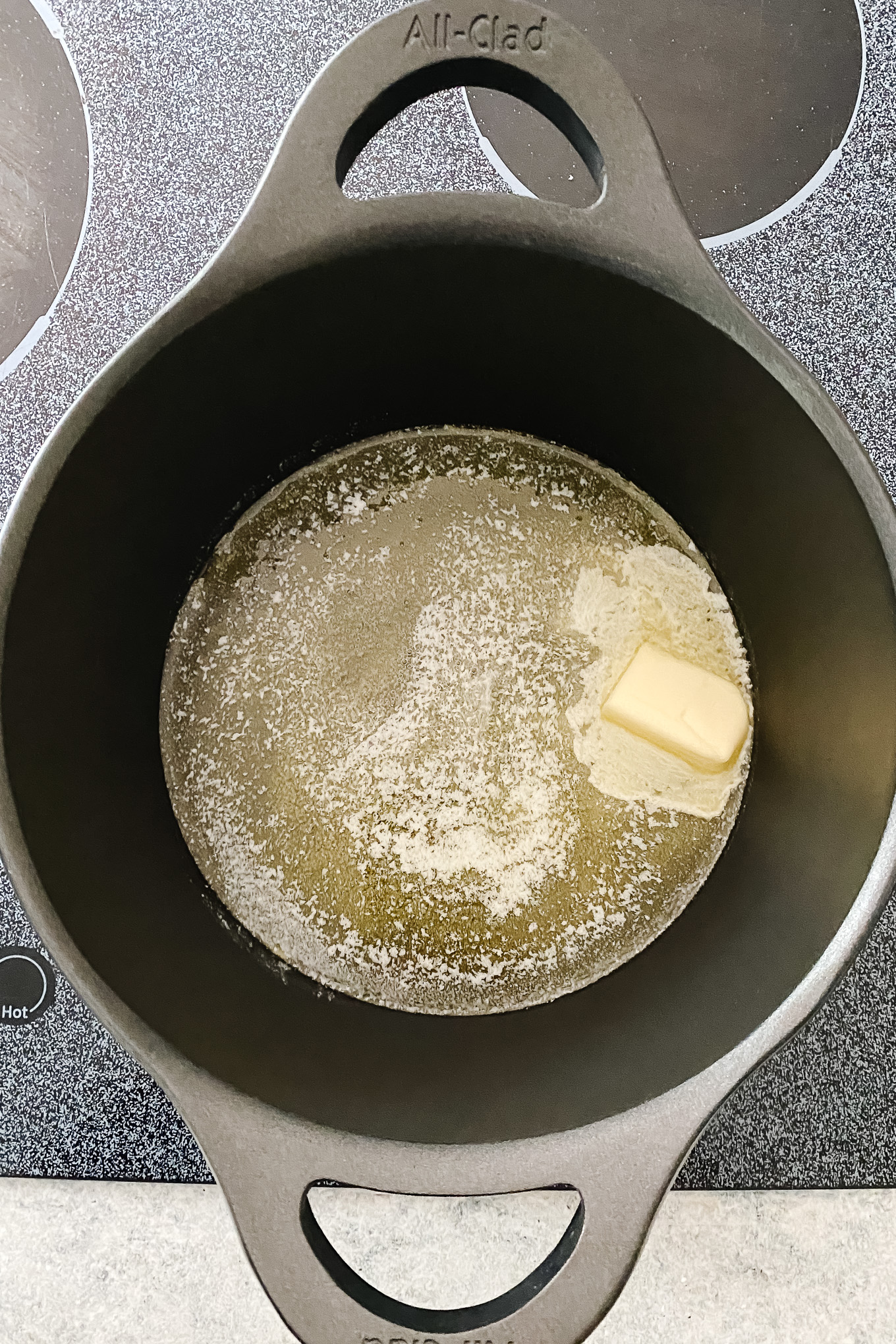
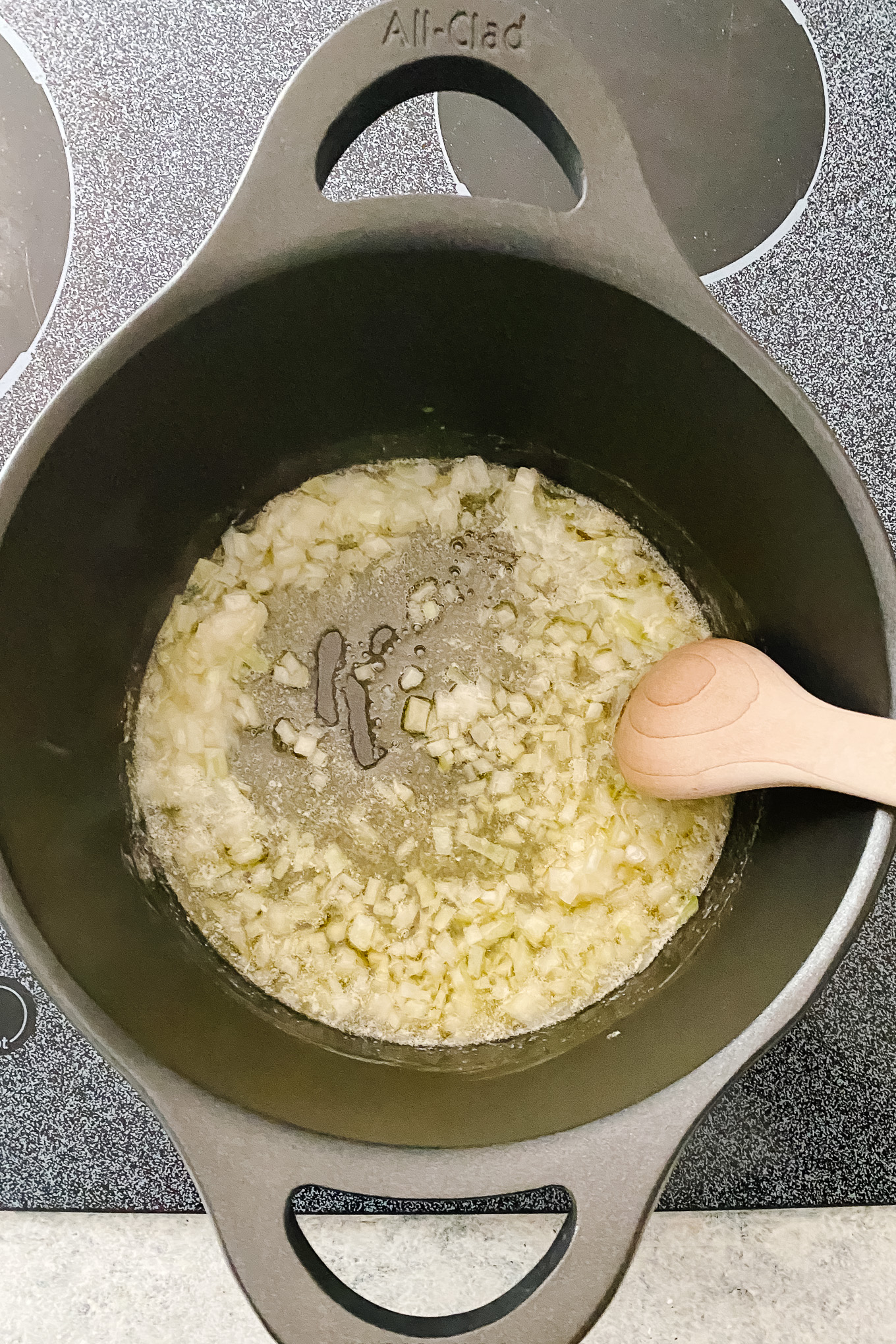
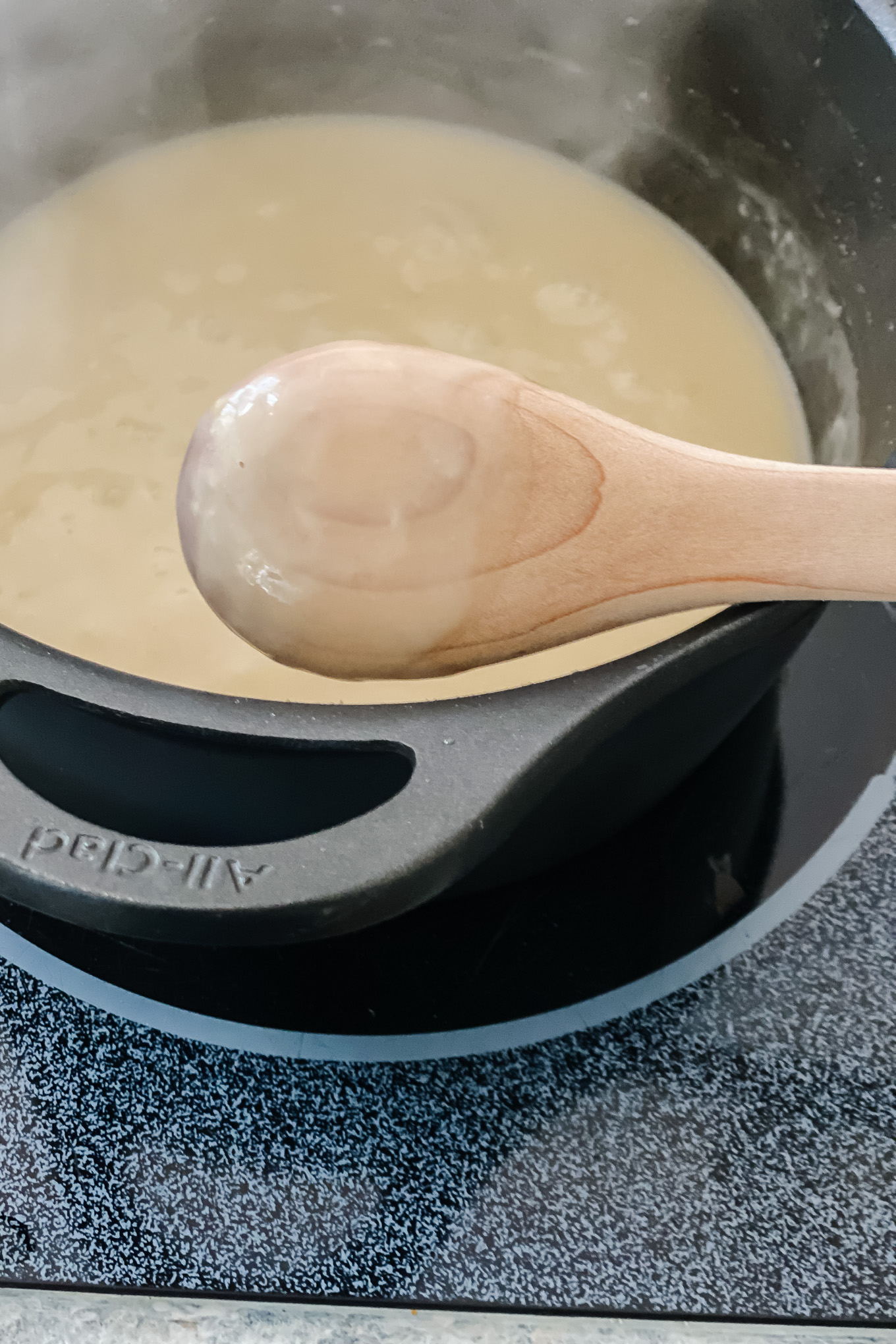


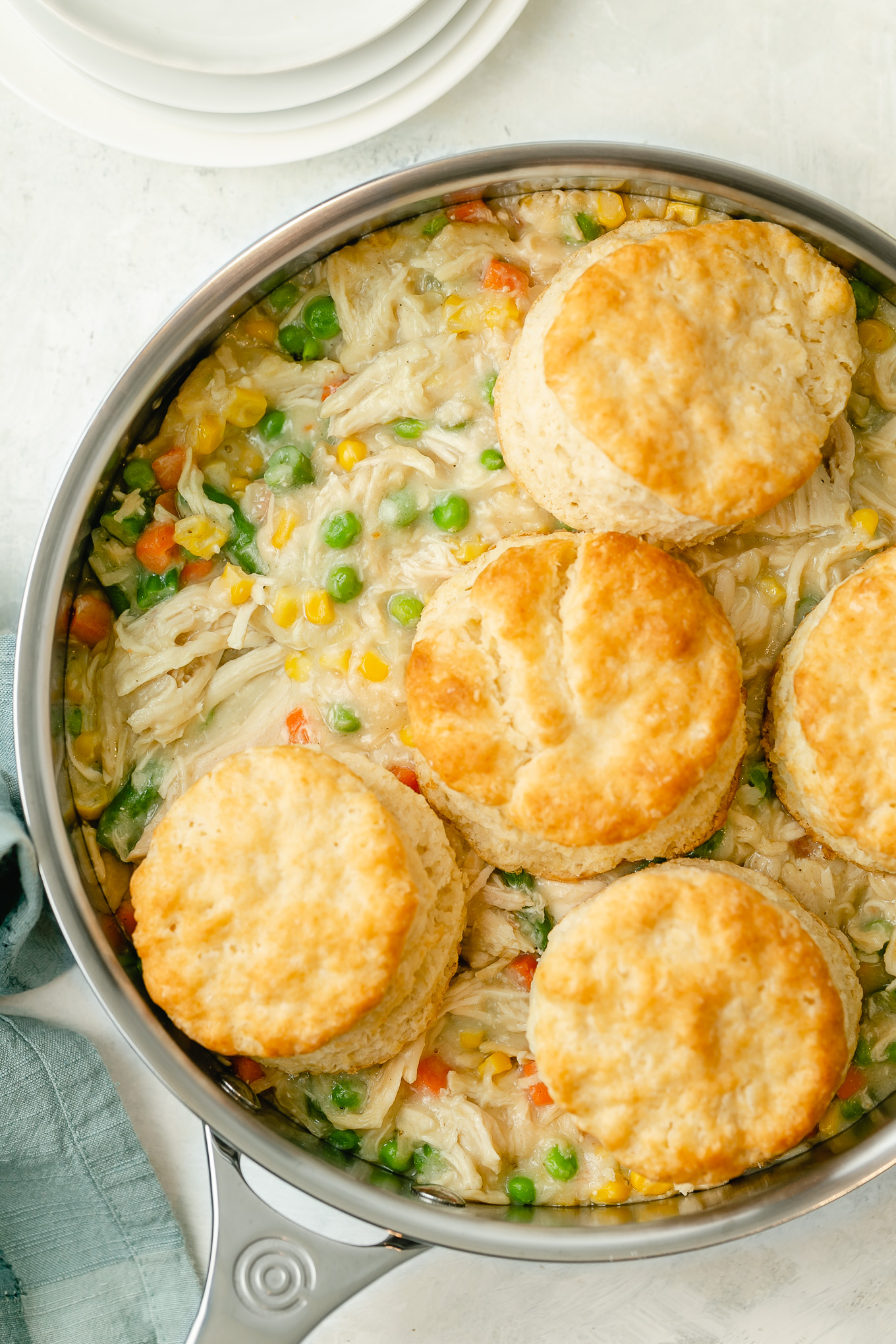

:no_upscale()/cdn.vox-cdn.com/uploads/chorus_asset/file/25375524/Sk_rmavbild_2024_04_05_kl._22.08.47.png)
:no_upscale()/cdn.vox-cdn.com/uploads/chorus_asset/file/25375537/Sk_rmavbild_2024_04_05_kl._22.16.09.png)


